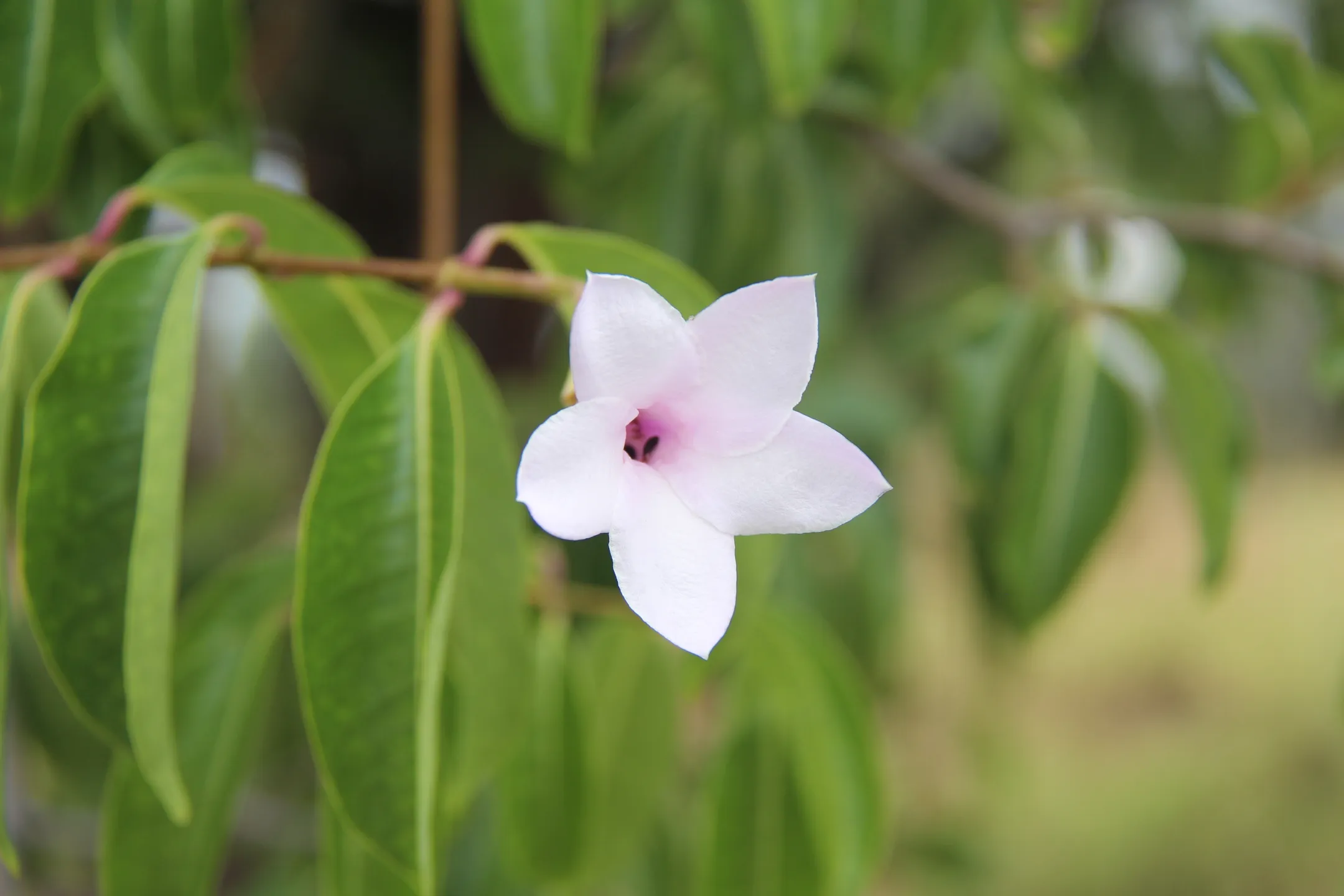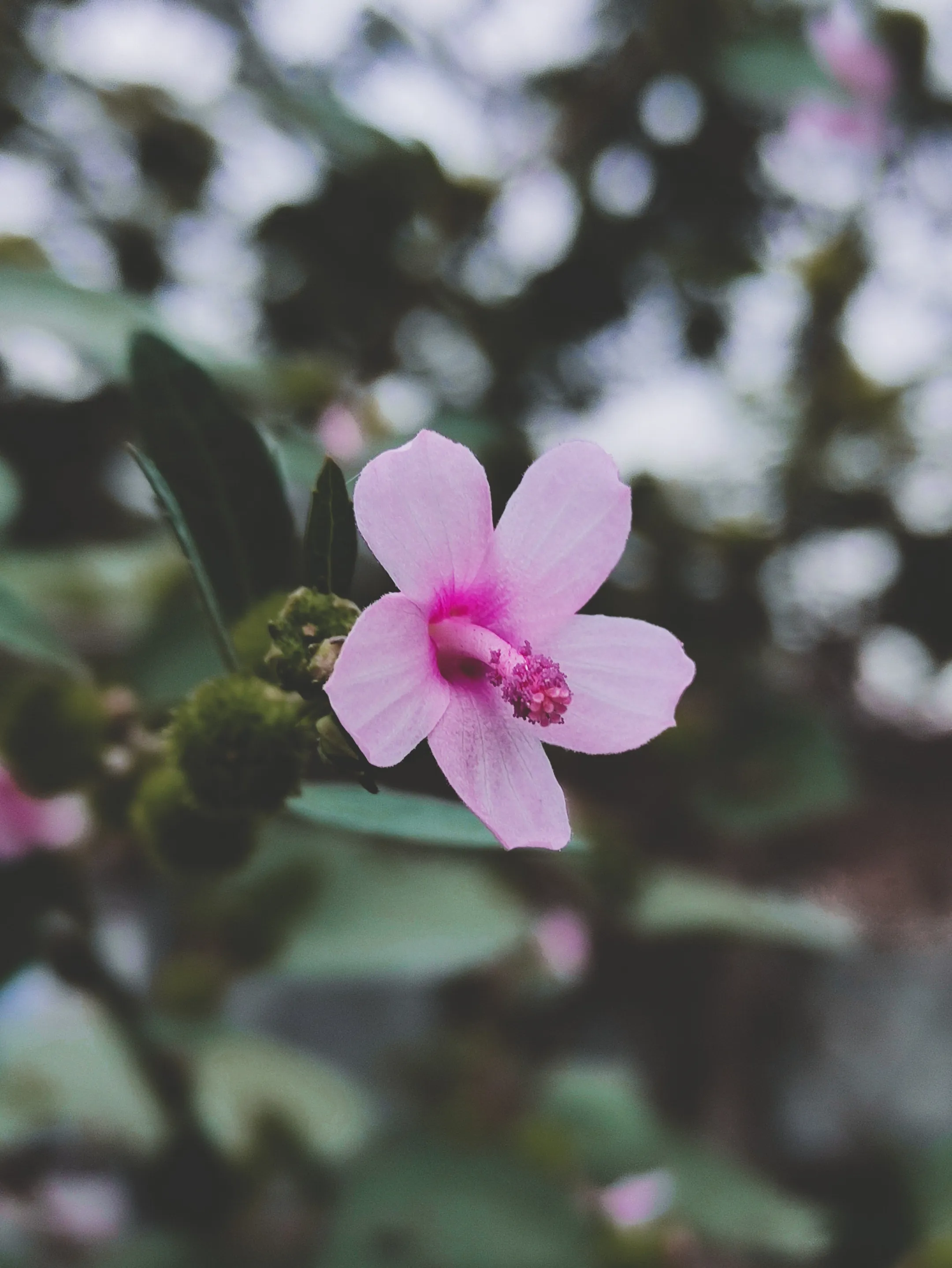Pest management plant and animal
Find out lots of facts about our local pests and how you can help manage them.
Subpages
Unlike their popular relative the edible asparagus, these asparagus species are not ones you want to grow in your garden!
Blue thunbergia however, is one of the highest priority invasive plants with the management response being eradication.
Plants grow in open pasture, along roadside verges, in bush margins and in deeply shaded areas in forests.
Scientists discovered that cane toad eggs release an attractant, which draws in other cane toad tadpoles who predate on the eggs.
This weed reproduces by seed which is often dispersed by fruit eating birds and floods.
Spotlight on urban wildlife - European red fox.
Is the European red fox a vector of the invasive basket asparagus in eastern Australia?
The broad dietary niche of the red fox in a hybrid coastal ecosystem in south-eastern Queensland.
There are not many plants found on the Sunshine Coast that’s spikes can compare to those of the honey locust tree.
There are 2 invasive pest plants that have been spotted on the Sunshine Coast and we’re working to eradicate them.
Is it a noxious weed or great habitat?
Are you planting a native melastoma or an invasive weed?
The Mexican bean tree is a fast growing tree, it has the potential to outcompete native plants and pose a threat to riparian and rainforest ecosystems.
7 seedlings found in revegetation area at land for wildlife Mons property.

Rubber vine is a seriously invasive pest plant which has not yet become established on the Sunshine Coast.
Is this a new dunal weed?

The pink hibiscus plant has a clump of large burrs on it, rough around the edges, and smallish flowers.
There are several species of invasive grasses that are on the high priority list for management under the Sunshine Coast local government area biosecurity plan 2017.
